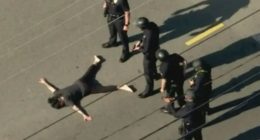WARNING: Images below may disturb some readers
Calls are mounting for a controversial fishing method to be banned as threatened species continue to wash up dead – often with fins missing – on a small stretch of the Great Barrier Reef.
The Australian Marine Conservation Society (AMCS) has logged dozens of photos from locals showing dead endangered green turtles, narrow sawfish and dugongs.
The photos have been taken over the past 12 years and all of the animals washed up on Wunjunga Beach, a 10-kilometre stretch of sand at the mouth of the Burdekin River.
It’s believed many of the animals were killed by gillnets, a vertical net that hangs from a line.
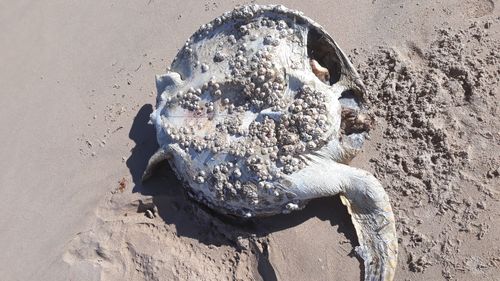
Queensland’s Department of Agriculture and Fisheries (DAF) explains they are used to target species such as gummy sharks, saw sharks and elephant fish.
However, often other animals are caught as bycatch.
One photo taken in February shows a sea turtle missing three of its flippers – and a head.
Another shows a dead dugong calf, one of four marine mammals believed killed by nets.
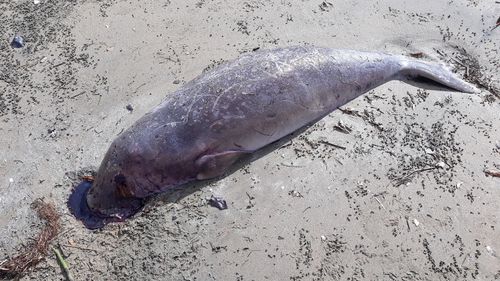
The dugong deaths come despite the fact the area around Upstart Bay is a dugong protection area, supposed to offer protection from gillnets.
Another confronting photo shows at least 12 sawfish caught and allegedly dead in a single gillnet.
The conservation group said fishers claimed there were only 10 sawfish killed on average in gillnets on the east coast between 2017 and 2021.
The cause of death can be hard to determine in some cases, however the conservationists said locals reported gillnet fishing took place “immediately before” the carcasses washed up.
Read Related Also: Arkansas lawmakers propose monument for fetuses aborted under Roe v. Wade
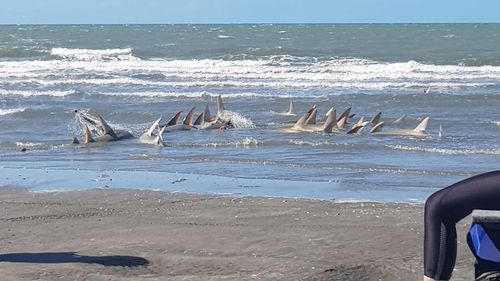
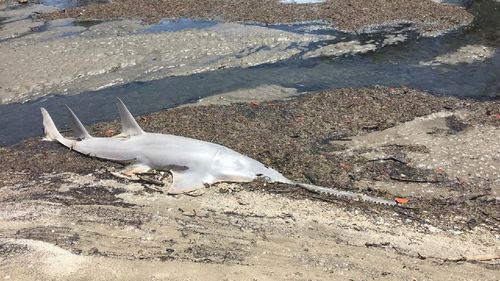
Gillnets are “indiscriminate killers”, Great Barrier Reef campaign manager Simon Miller said.
“They can capture and drown iconic threatened species such as dugongs in minutes.
“Fishing practices on our Reef must be gold standard, but these photos show the reality is far from it.”
Miller has called on the Queensland government to ban the nets in the Great Barrier Reef.
“These are just the impacts of gillnet fishing that have been observed by concerned locals along one small stretch of our Reef coast; you can imagine the carnage that takes place out of sight throughout the entire Reef,” the marine conservationist said.
“The Queensland Government cannot keep turning a blind eye to these deaths.”
/https%3A%2F%2Fprod.static9.net.au%2Ffs%2F5488c0f5-3092-4785-ac17-91a65497c9f1)
“The Queensland Government is currently considering its response to the UNESCO Report on the Reactive Monitoring Mission to the Great Barrier Reef,” a spokesperson said.
DAF said the nets can only be used with a commercial fishing licence “under prescribed conditions”.
“Since 2011, the Queensland Boating and Fisheries Patrol (QBFP) has received two complaints about animals being entangled resulting from commercial fishing in the Wunjunga Beach area.
“QBFP has not received any complaints about fishers dumping corpses overboard in the Wunjunga Beach area.”
“The 24-hour toll free Fishwatch hotline was created in 1997 so that members of the public can report suspected unlawful fishing activities directly to the QBFP.”
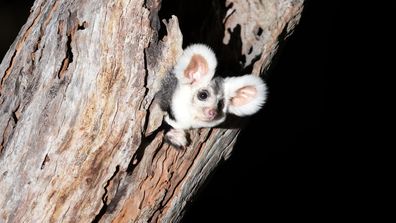
Australian marsupial listed as endangered





